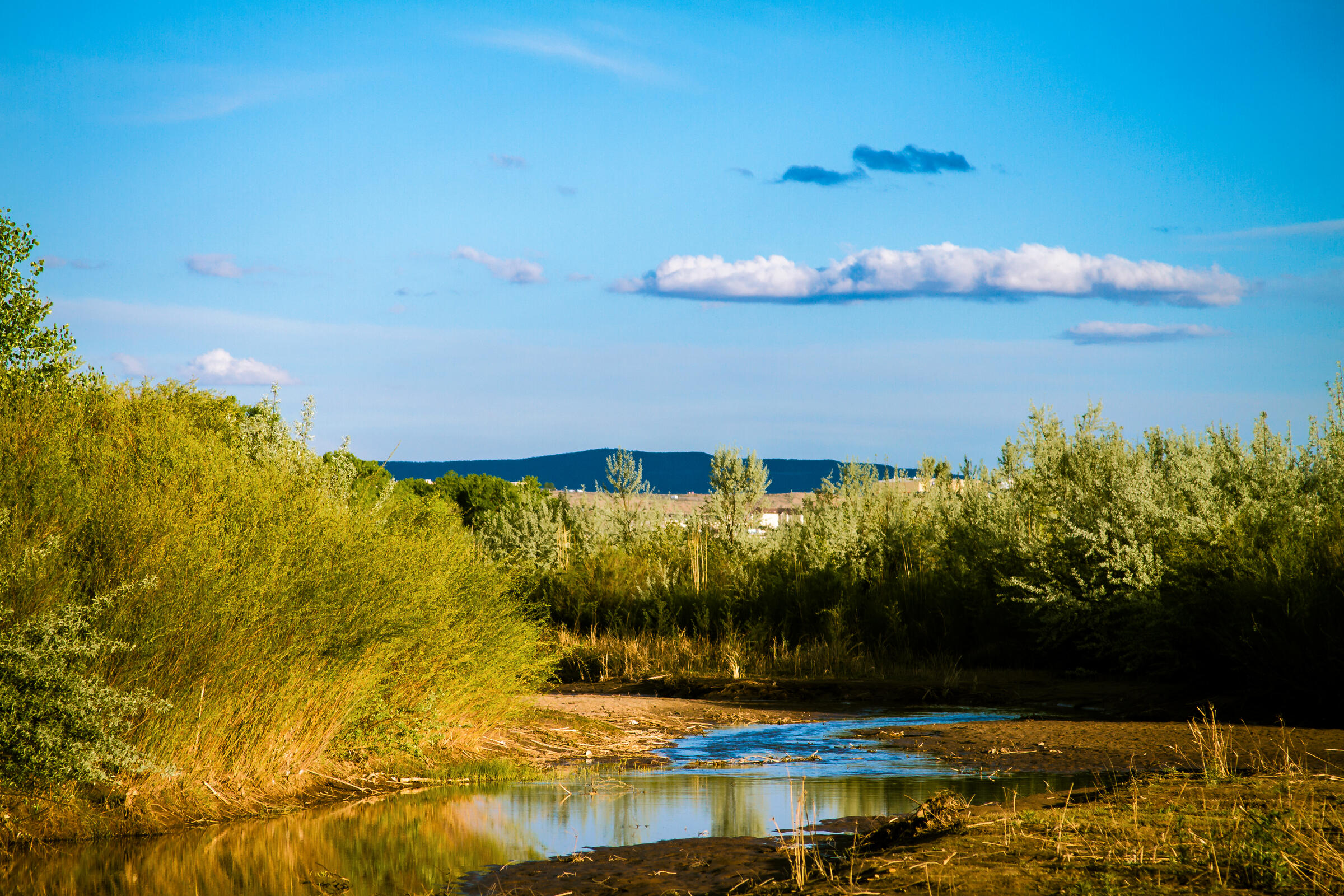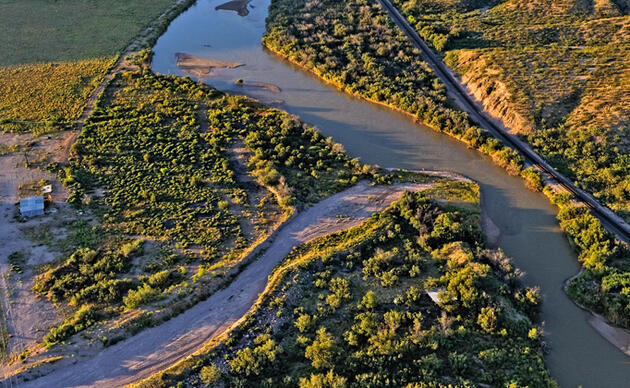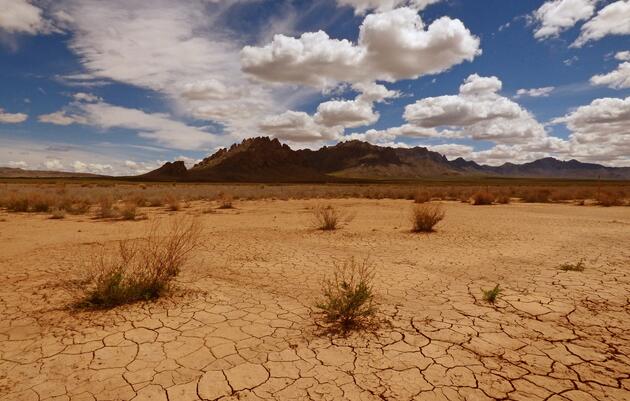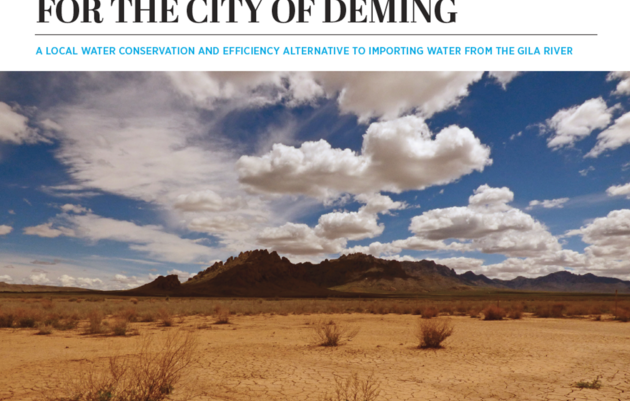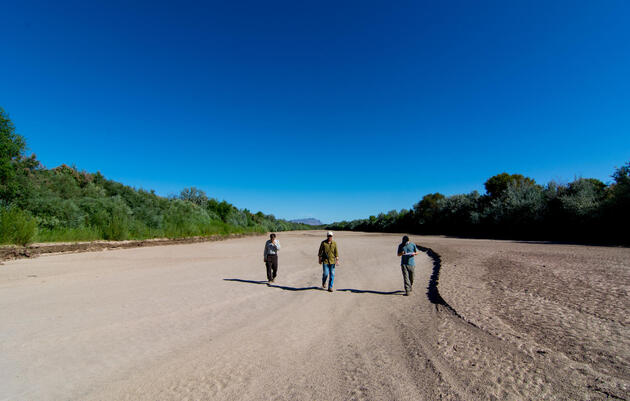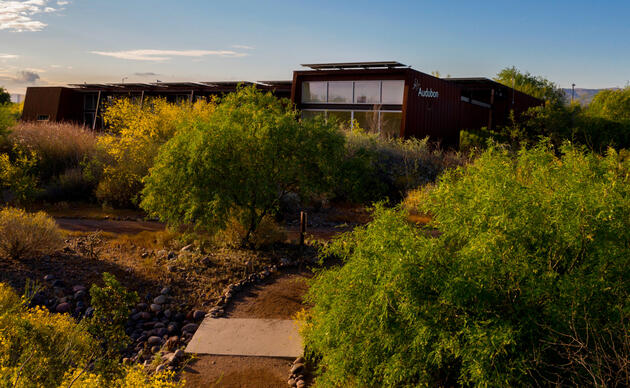THE SITUATION
All western rivers, like the Rio Grande, the Colorado River, and their tributaries, provide water for millions of people and sustain our local food supply. In addition to providing clean water and protection from floods, healthy rivers also support abundant game and wildlife and underlie our multi-billion dollar recreation and tourism economy. When healthy, rivers provide a front-line defense against extreme weather events in an era of climate change.
Unfortunately, the health of these rivers, and the people and wildlife that depend on them, are in jeopardy. The future of our western communities and economies surrounding the rivers are uncertain. As the increasing value of water has outpaced the value of food and land, some farmers have no choice but to sell their water rights away from green river valleys. Many sales transfer water to upstream urban centers, often diminishing streamflows between the cities and rural communities. But, while water scarcity breeds conflict, it also breeds opportunities.
THE OPPORTUNITY
Audubon believes that people are at the heart of solutions to water scarcity and sustainable water management. Our work to change attitudes about how we use, manage and value water is centered on building trusted relationships and collaborative partnerships to achieve conservation victories at scale.
We accomplish conservation through a multi-pronged strategy of market-based solutions, policy reform, engagement, on-the-ground conservation and education. Our work is grounded in science, in innovation and collaboration. In short, Audubon delivers balanced conservation programming from backyards, to schools, to legislatures.
AUDUBON'S SOLUTIONS
Where birds thrive, people prosper. Audubon’s work is centered on birds because they are a crucial link in the chain of life. The vast distances they travel and exposure to diverse ecosystems make them unique barometers of Earth’s health and, here in New Mexico, specifically the health of our rivers. Many of the birds that depend on healthy rivers, streams and springs, like the Yellow-billed Cuckoo and Bell’s Vireo, are in decline.
Related
What would New Mexico be like without water?
In the arid West, water is the lifeblood of our land, our economy, and our way of life. We must protect and conserve the water we have today to ensure we have water tomorrow.
New Report Documents Water Conservation and Efficiency Solutions for Southwestern New Mexico’s Largest Urban Population
Today, Audubon New Mexico and Western Resource Advocates released a report offering affordable water conservation and efficiency solutions to help Deming, Southwest New Mexico’s largest community, meet future water needs, save tens of millions of dollars in capital improvements and protect the state’s crown jewel, the Gila River.
In Historic Partnership Audubon and New Mexico Municipalities Release Water to Recharge Vital Habitat along the Rio Grande
During extreme drought, three Middle Rio Grande Municipalities agree to water releases: Belen agrees to release 97 million gallons of water, Bernalillo and Los Lunas collectively agree to release 65 million gallons, and the Club at Las Campanas releases 97 million gallons from the Jicarilla Apache Nation to save critical areas along the Rio Grande.
How you can help, right now
Join the Western Water Action Network
Receive action alerts about water issues, and issues that are affecting birds across the arid West.
Donate
Help secure the future for birds at risk from climate change, habitat loss, and other threats. Your support will power our science, education, advocacy and on-the-ground conservation efforts.
Nina Mason Pulliam Rio Salado Audubon Center
Visit the Nina Mason Pulliam Rio Salado Audubon Center in Phoenix, Arizona.

